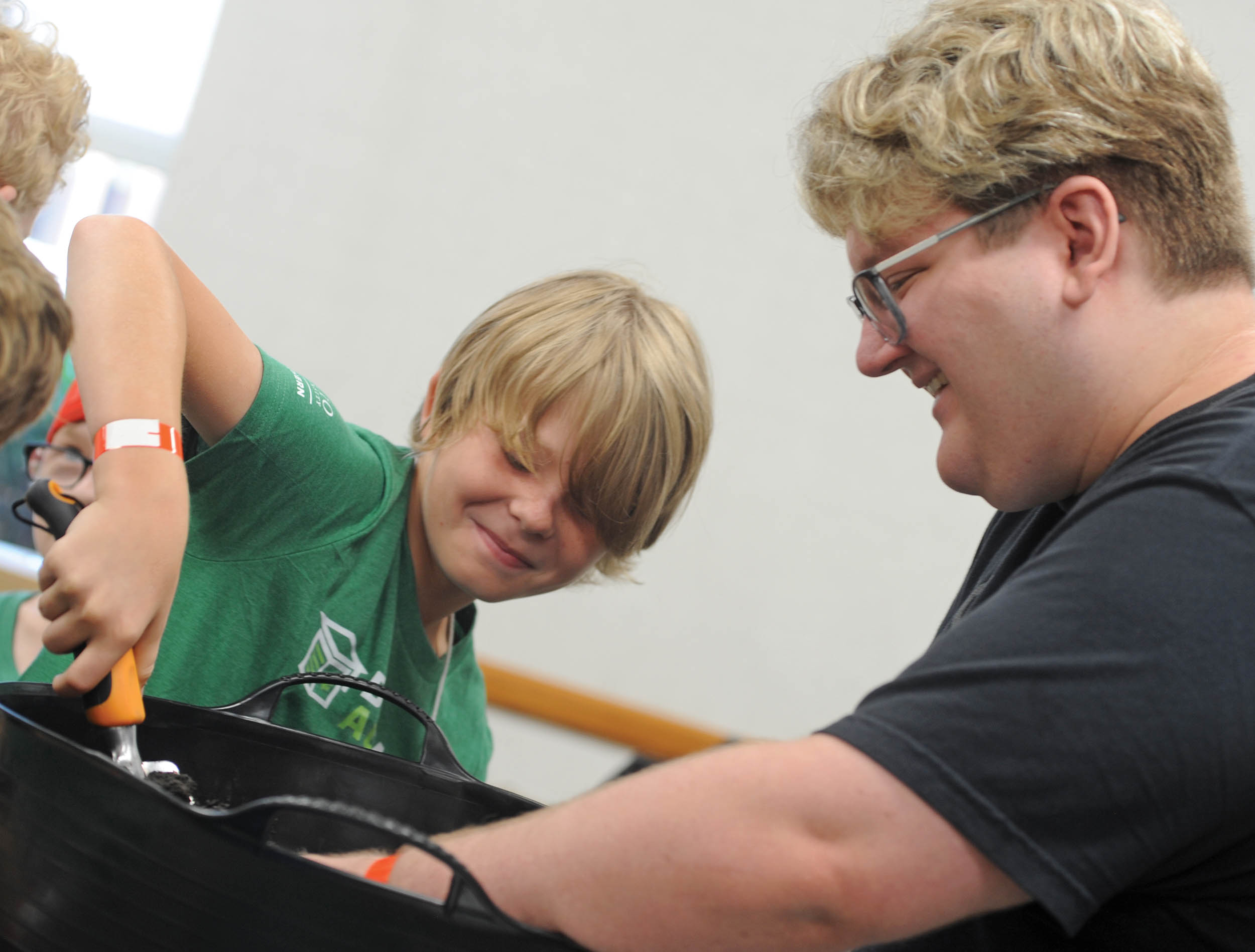Workshop focuses on dumping
Published 10:18 am Monday, December 9, 2013
When people think of law enforcement images of car chases and shootouts come to mind.
What doesn’t come to mind is a pickup truck loaded down with dozens of scrap tires, but Harry Smeal from the Ohio EPA says that’s exactly why Friday’s environmental law workshop at Ohio University Southern was important.
“Scrap tire dumping is one of the biggest environmental issues we face in Ohio,” Smeal said. “Most people, including law enforcement aren’t aware that it is illegal to haul or transport more than 10 tires at one time. That law was made to try and curb dumping.”
Trending
Smeal was one of several guest speakers who were asked to share their knowledge of some of the biggest environmental law issues facing the state of Ohio. The Lawrence Scioto Solid Waste Management District was selected by the state to host the event and more than 80 officers, attorneys and community members turned out for the workshop.
“They have a few of these at different locations over the year,” said Dan Palmer, director of the LSSWMD. “Our workshop had the highest attendance.”
Open dumping of scrap metal and tires is a major problem across the state, but a growing environmental concern in Ohio is the dumping of disregarded meth Lab materials.
“More and more often we are finding meth-related trash being dumped,” said special agent Scott Duff, of the Ohio Bureau of Criminal Investigation. “These are extremely dangerous for the environment and unsuspecting people doing clean up work.”
One of the biggest dangers is a relatively new method for cooking meth that Duff called the one-pot shake and bake kit. The method first surfaced in 2004 and requires less material than previous methods; it also produces the drug in a faster time frame.
“These one-pot shake-and-bake kits are highly combustible,” Duff said. “They can be made with a few items poured into a pop bottle and shook up to get a chemical reaction that produces the drug.
Trending
“We find these the most often at dump sites and you have to be really careful with them because they could still explode at any moment if they’re being handled.”
Duff says because of the dangerous and unpredictable nature of meth lab debris that it’s important for law enforcement officers to know the warning signs for potential meth kits.
“You have to know what products are used to make it and the process,” Duff said. “It’s important we educate our officers on the methods that are used and how these labs are being stored.”
Common meth lab storage ranges from houses and vehicles to coolers and backpacks. The common products and places the drug can be made with and stored in makes it harder to spot. That’s why Duff has this piece of advice for anyone approaching potential meth lab debris.
“Approach it with the thought that it is combustible, and hope you find out it ain’t,” he said.





